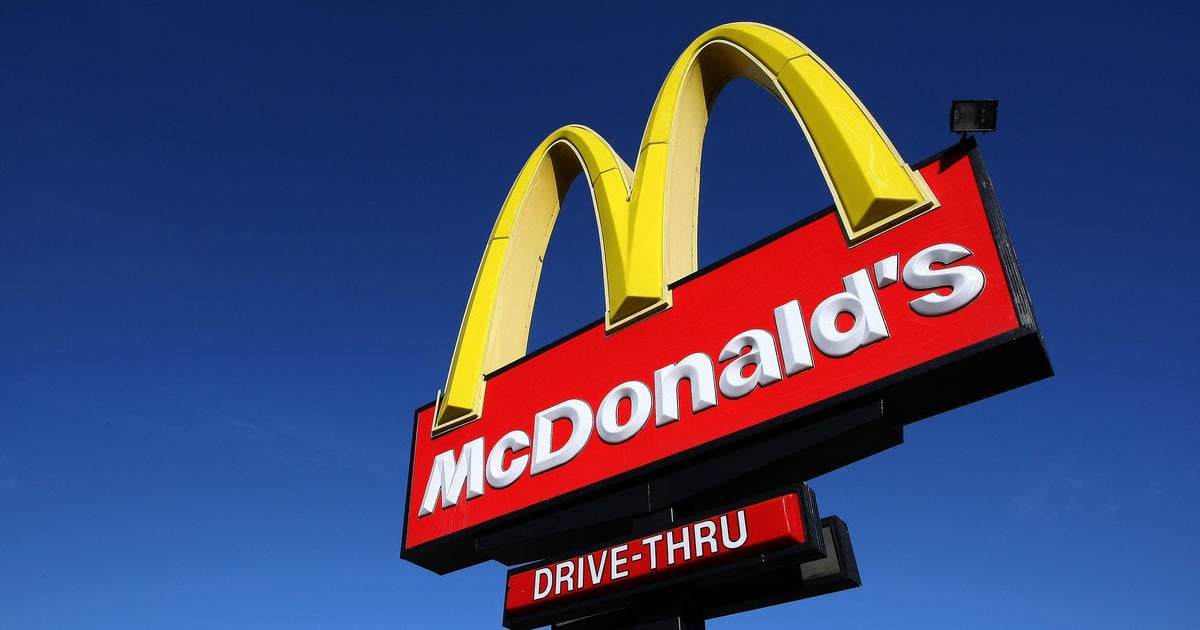Kevin Roberts remembers when he could get a bacon cheeseburger, fries and a drink from Five Guys for $10. But that was years ago. When the Virginia high school teacher recently visited the fast-food chain, the food alone without a beverage cost double that amount.
Roberts, 38, now only gets fast food “as a rare treat,” he told CBS MoneyWatch. “Nothing has made me cook at home more than fast-food prices.”
Roberts is hardly alone. Many consumers are expressing frustration at the surge in fast-food prices, which are starting to scare off budget-conscious customers.
A January poll by consulting firm Revenue Management Solutions found that about 25% of people who make under $50,000 were cutting back on fast food, pointing to cost as a concern.



Fast food was affordable because they paid sweat shop wages. That’s not the case anymore. In any event… I would argue with the “supposed to be” affordable comment. Just because it was doesn’t mean it’s supposed to be. As far as I’m concerned this can only be good for the health of the public- when fast food prices are at least comparable in price to healthy options.
I won’t believe paying fast workers a liveable wage necessitates the rise in cost unless there’s hard data behind that. Sure, it’s likely a necessity to continue profit growth quarter after quarter, but I’d wager they’re able to continue making massive profits even with having to pay their staff like they’re humans.
I agree with you about fast food though. We’ll be better off without them. Fuck em.
Since labor is a cost. You just defeated your argument.
If labor goes up, prices will go up. It’s that simple. Fast food is only profitable at high volumes. Their profit margin is only around 10% which is low.
McDonald’s in Europe charges similar prices to America but pays living wages to their employees.
Bruh, McDonald’s exists in other countries…
A big Mac in the Nordic countries costs like a dollar more than America, and their workers get the equivalent of like $20 some an hour, paid vacation time, and the company actually has to pay taxes.
It ain’t the labor that’s expensive.
It’s not the ingredients either.
It’s the profit rate to keep shareholders happy
If that arrow always has to go up, it’s the one thing that’s literally impossible to ever go down.
McDonalds gross profits are $14.68B over the last 12 months with over 9% year-over-year growth.
They aren’t struggling and other than covid (which just held steady for a few years at $10B), the trend has been going up, not down, not stagnant for many years.
Remember that’s gross profits. If wages were hitting them hard, then we’d see the trend decrease but that isn’t what happened or is happening.
Yes, you’re comparing COVID lows with today’s returns. That’s perfect. Not that I give a damn about franchise returns. I just don’t eat there.
Do you have any idea what “gross” means? You’re literally including the increase to wages in your argument.
I don’t think anyone actually thought that.
They’re simply making the point that the problem is not the wages paid to the employees, as you imply, but the obscene salaries paid to executives and franchisees.
That the American execurives and franchisees are not going to take the necessary steps to correct that problem pretty much goes without saying, but that doesn’t in any way change the fact that that is the problem
The profits today aren’t any different than the profits from 15 years ago (when fixing for economic growth). I’ve already done the math. The only significant variable that’s changed here is wages. I.e., expenses.
Why are you complaining that wages are on the increase? Who’s paying you?
Point out that complaint please.
And you read that as a complaint? That’s your issue if you interpret plain facts as complaints. Feel free to read a little more thoroughly.
Undoubtedly.
And that in no way contradicts, or even really addresses, my point, which is not about overall expenses, but about the distribution of them - the portion that goes to employee wages vs. the portion that goes to executive compensation packages.
My guy, it’s cheaper to get a big mac in Norway than in the US and their lowest wages are more than double ours in the US.
Yes but the owners in Norway aren’t making more profits than last year.
The whole problem isn’t that they’re not making good profits, but that it’s not exponentially growing profits.
Greed.
2023, McDonald’s net income $8.5B on $25B revenue, or 34% net profit margin.
2009 net income $4.5B on $23B revenue. 20% profit margin.
Over the time period that you picked, their profits - the money that they don’t pay to either workers or farmers - nearly doubled as revenues barely changed.
Fast food absolutely still pays well below a living wage in most of the US